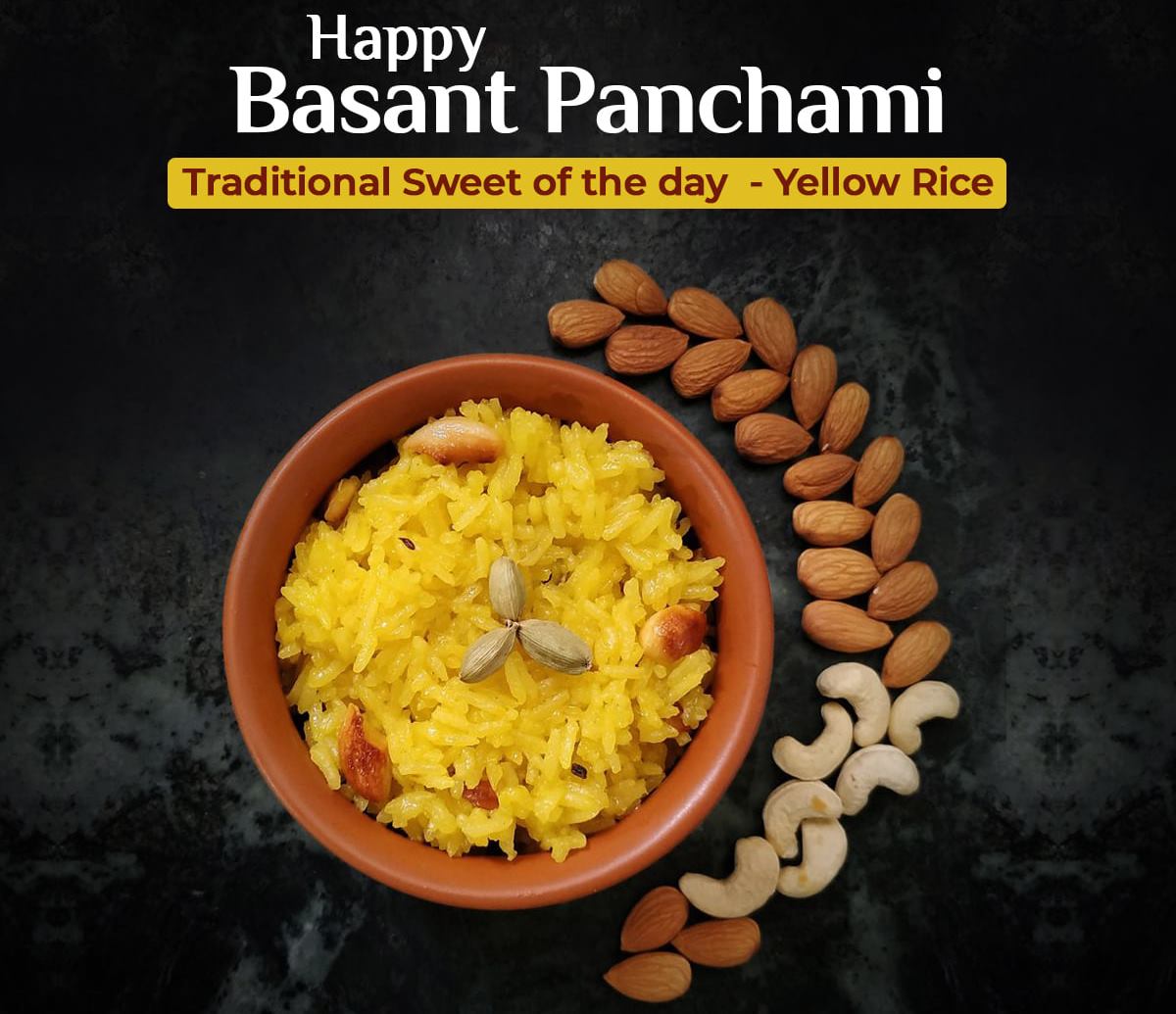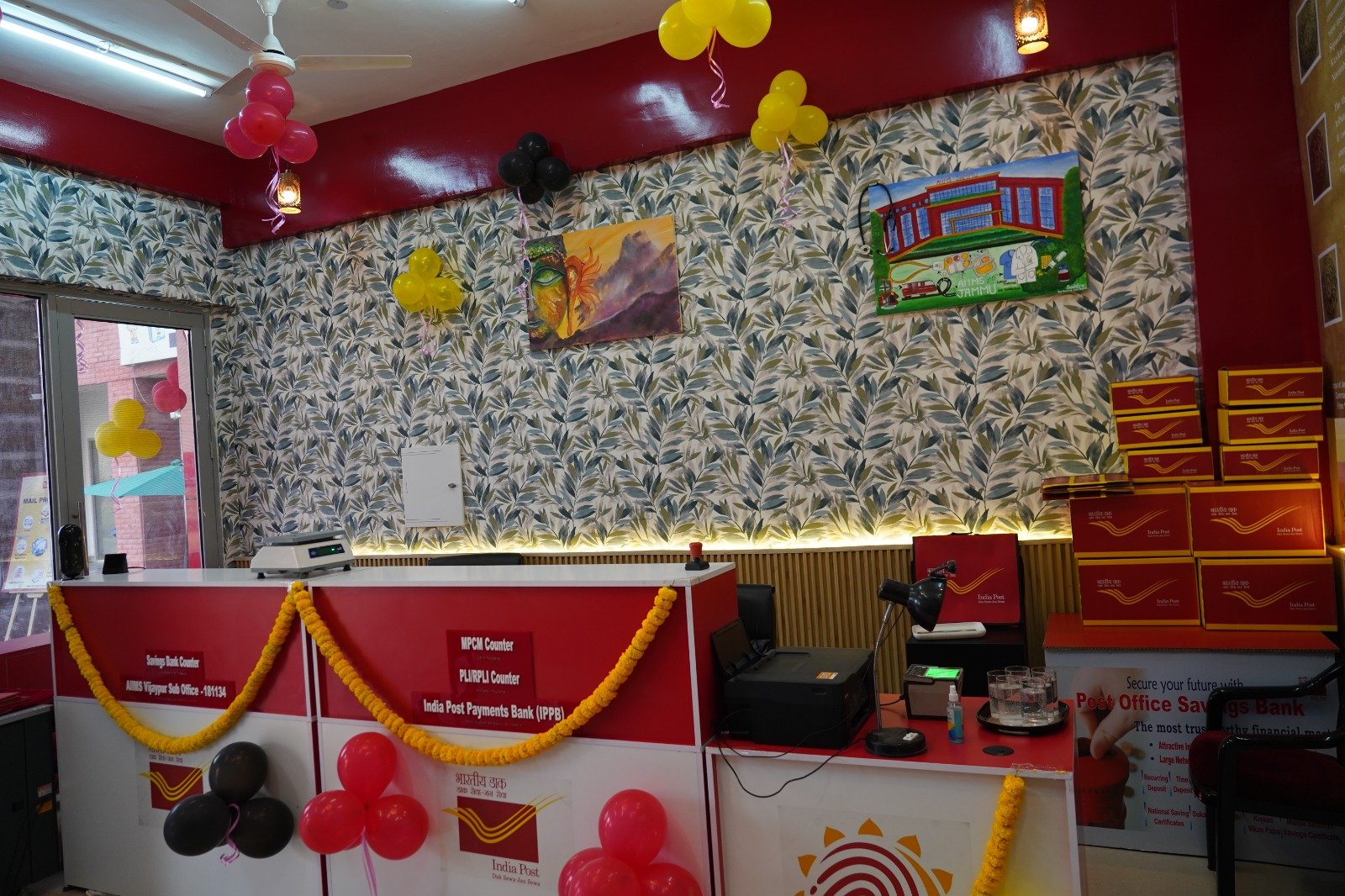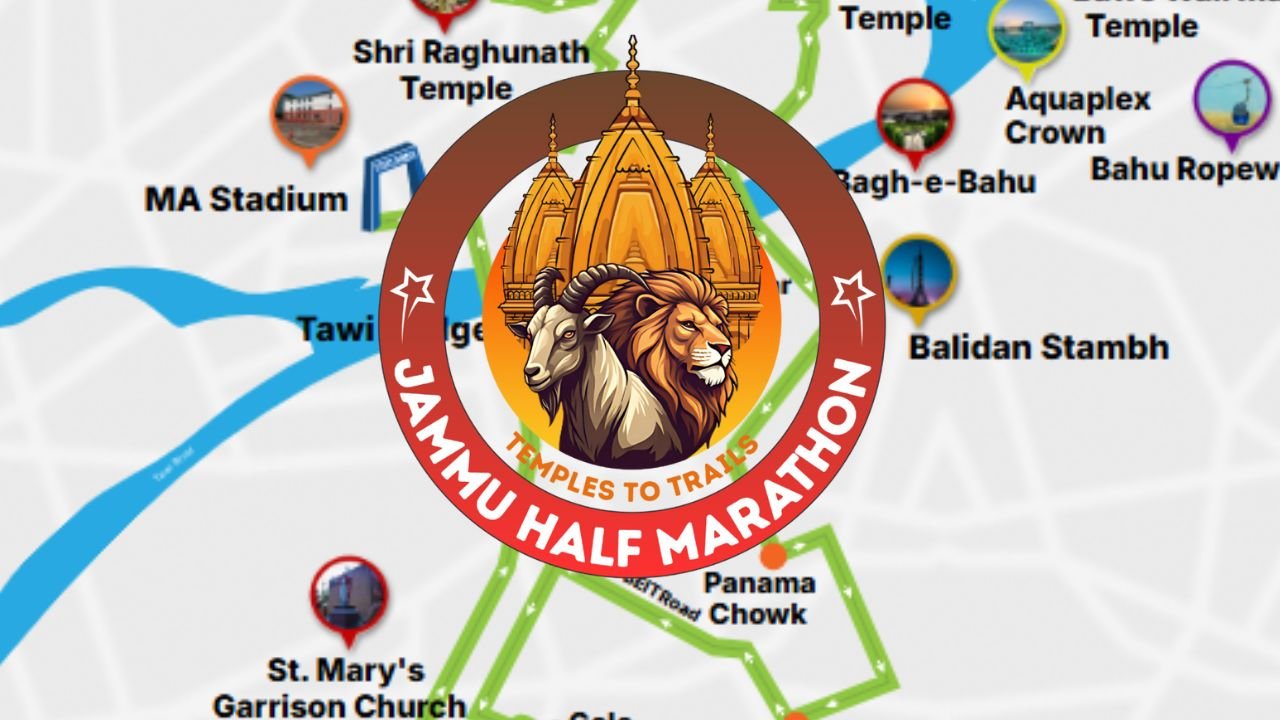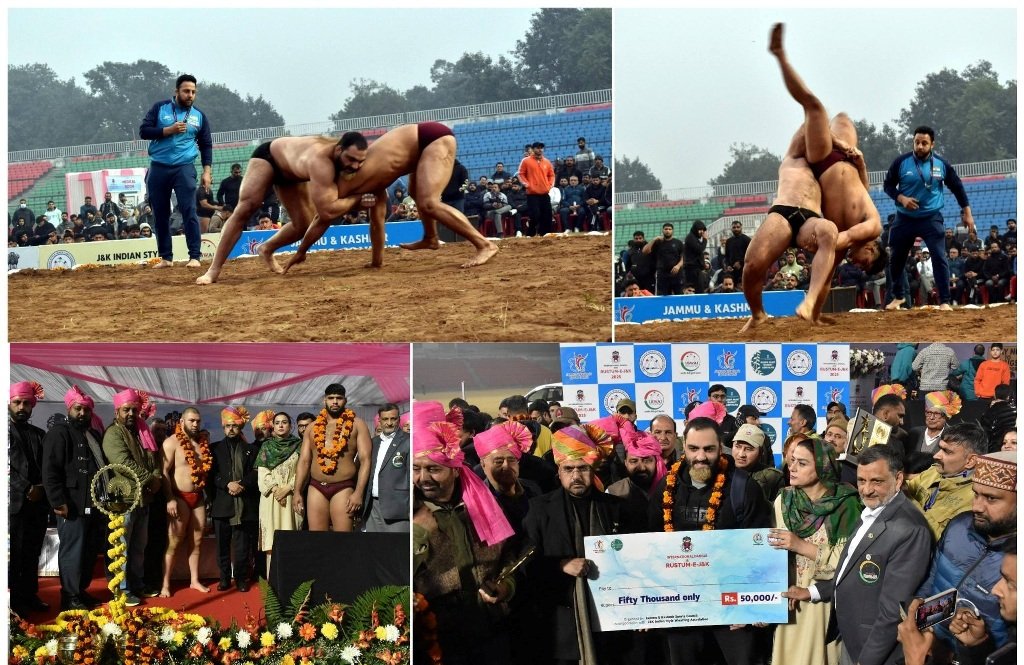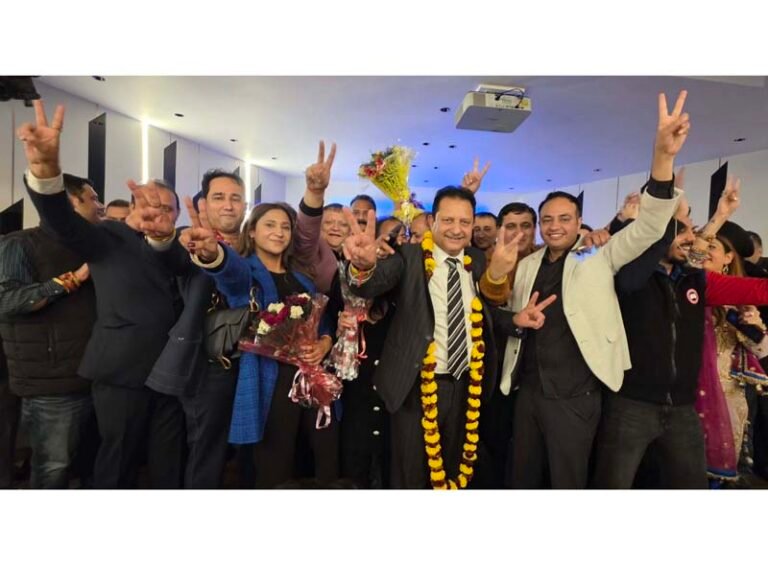Basant Panchami is a vibrant festival celebrated across the Jammu region, marking the arrival of spring and honoring Goddess Saraswati, the deity of wisdom and learning. Deeply rooted in Jammu’s cultural and historical traditions, this festival has been beautifully described in Malka Pukhraj’s autobiography, A Song Sung True, A Memoir. The book vividly captures the Basant Panchami celebrations during Maharaja Hari Singh’s era, where people from all walks of life, dressed in yellow attire, gathered in harmony to rejoice in this auspicious occasion.
Basant Darbar: A Royal Celebration of Jammu
One of the most grand traditions of Basant Panchami during Maharaja Hari Singh’s rule was the Basant Darbar. This royal gathering was a spectacle of cultural vibrance, featuring traditional Dogri music, dance performances, and processions. The Basant Darbar symbolized the unity and festive spirit of the Jammu region, making it a highlight of the annual celebrations.
Dogra Tradition of Meethe Chawal: A Sweet Culinary Delight
In Jammu and across North India, Meethe Chawal, also known as Zarda Pulao, is a special dish prepared during Basant Panchami. This aromatic and flavorful yellow sweet rice signifies prosperity and joy, making it an integral part of the festival.
Meethe Chawal Recipe: How to Make Yellow Sweet Rice
Ingredients:
- 1 cup long grain basmati rice (washed and soaked for 30 minutes)
- 15-20 saffron strands (soaked in warm water)
- 1 pinch yellow food color or turmeric powder
- 1 tablespoon ghee
- 2 bay leaves (tej patta)
- 4 cloves (laung)
- 5-6 thin slivers of dried coconut
- 10 chopped cashew nuts
- 10 golden raisins (kishmish)
- 3/4 cup sugar (adjust to taste)
- 1/4 cup milk
- 1/2 teaspoon cardamom powder
- Water (for soaking and cooking rice)
Step-by-Step Instructions:
1. Cooking the Rice
- Add 4 cups of water to the soaked rice.
- Mix in yellow food color or turmeric powder and cook until the rice is 90% done.
- Drain excess water and let the rice rest in a colander to remove starch.
2. Preparing the Flavorful Base
- Heat ghee in a heavy-bottomed pan.
- Add bay leaves and cloves, frying them on low flame.
- Stir in coconut slices and cashew nuts, frying until golden brown.
- Add raisins and fry for a few seconds.
3. Adding Sweetness and Aroma
- Mix sugar and milk into the pan and bring to a boil.
- Add the partially cooked rice and the saffron-infused water.
- Stir gently to coat the rice evenly with the sweetened milk.
4. Final Cooking and Resting
- Cover the pan and cook on low flame for 2-3 minutes.
- Sprinkle cardamom powder and mix well.
- Turn off the heat and let the rice rest for 15 minutes to absorb the flavors.
- Garnish with the fried nuts and raisins.
Serving Suggestions:
- Enjoy Meethe Chawal hot, either as a dessert or a side dish.
- Pairs well with savory curries for a delightful contrast.
- Enhance richness by adding a tablespoon of condensed milk or orange zest for extra flavor.
Read also: Tikka Festival In Dogra Community
Basant Panchami is not just a festival of seasonal transition; it is a celebration of knowledge, wisdom, and devotion. In Jammu, the day is marked by:
Wearing Yellow: Yellow is considered auspicious, symbolizing prosperity, energy, and the onset of spring.
Saraswati Puja: Devotees offer prayers to Goddess Saraswati, seeking blessings for wisdom and enlightenment.
Basant Panchami in Jammu is more than just a seasonal festival—it is a reflection of Jammu’s cultural unity, religious devotion, and festive spirit.

